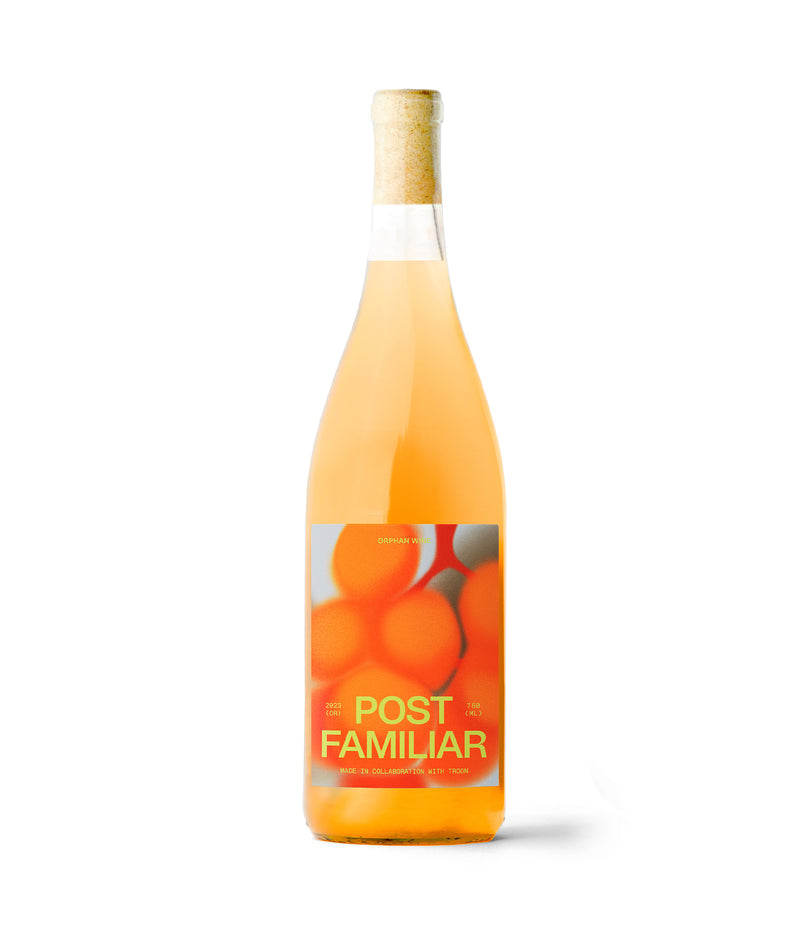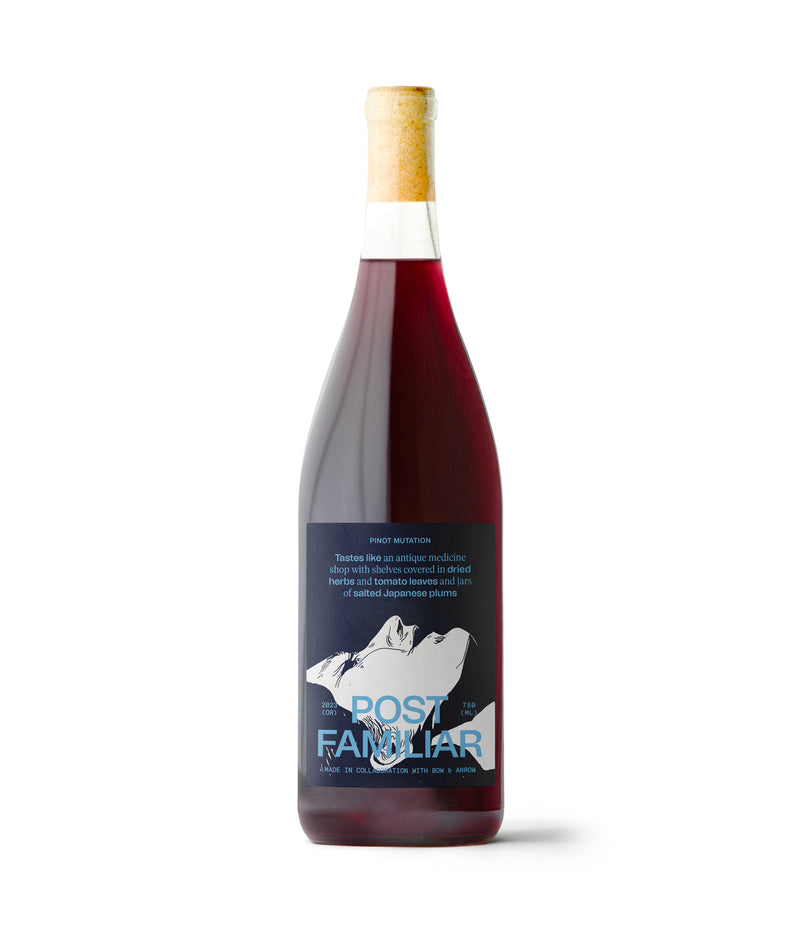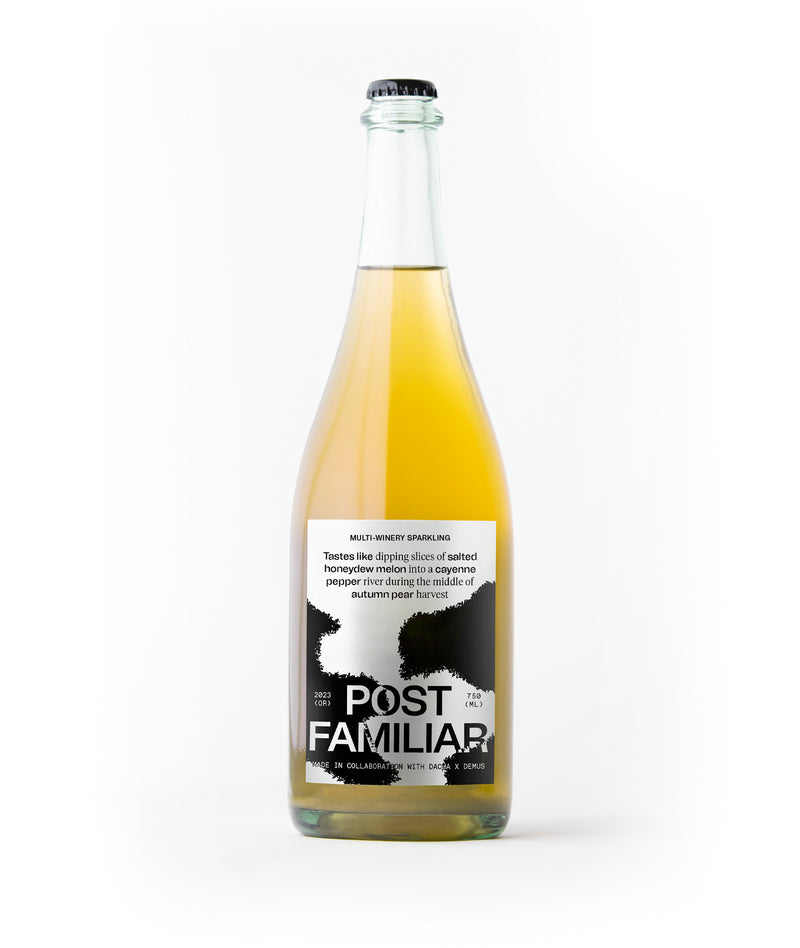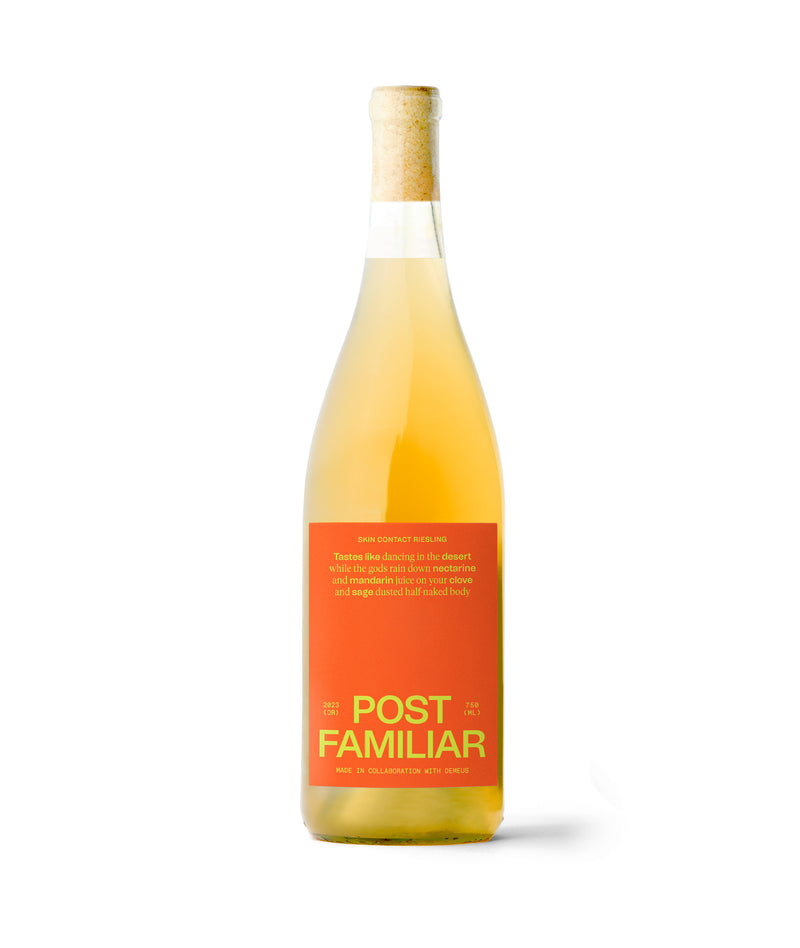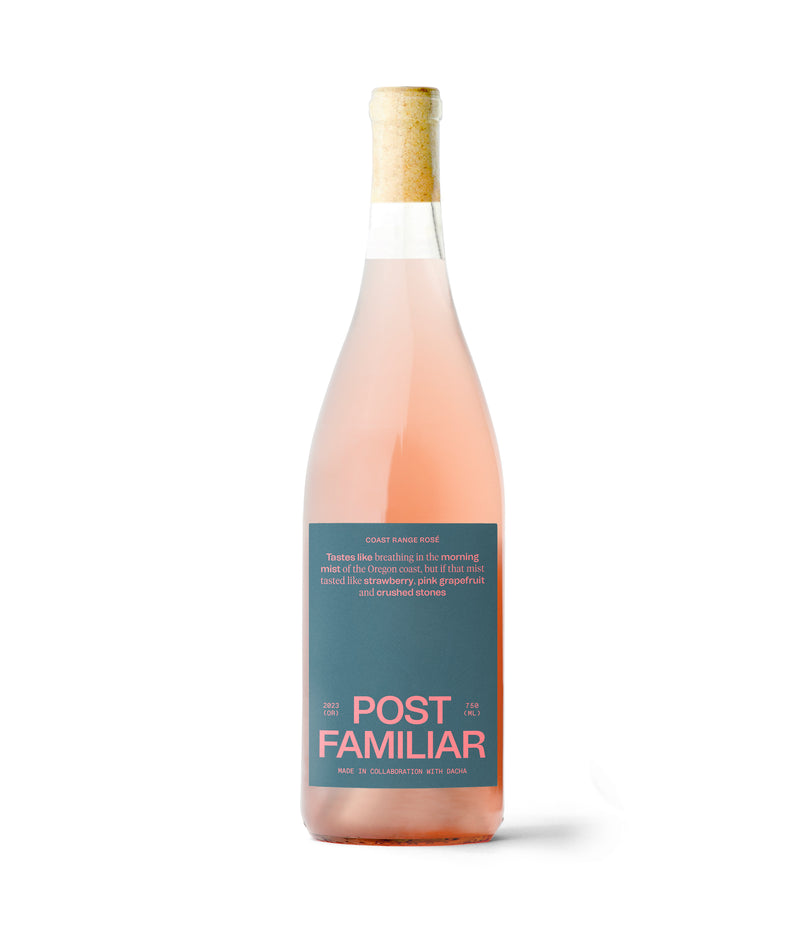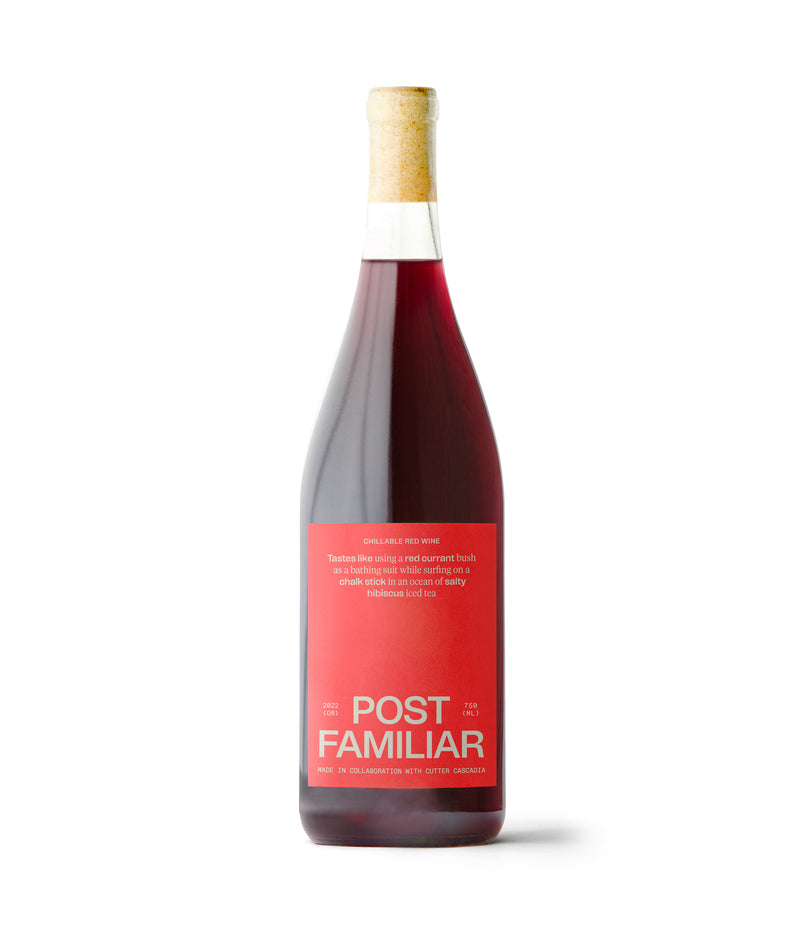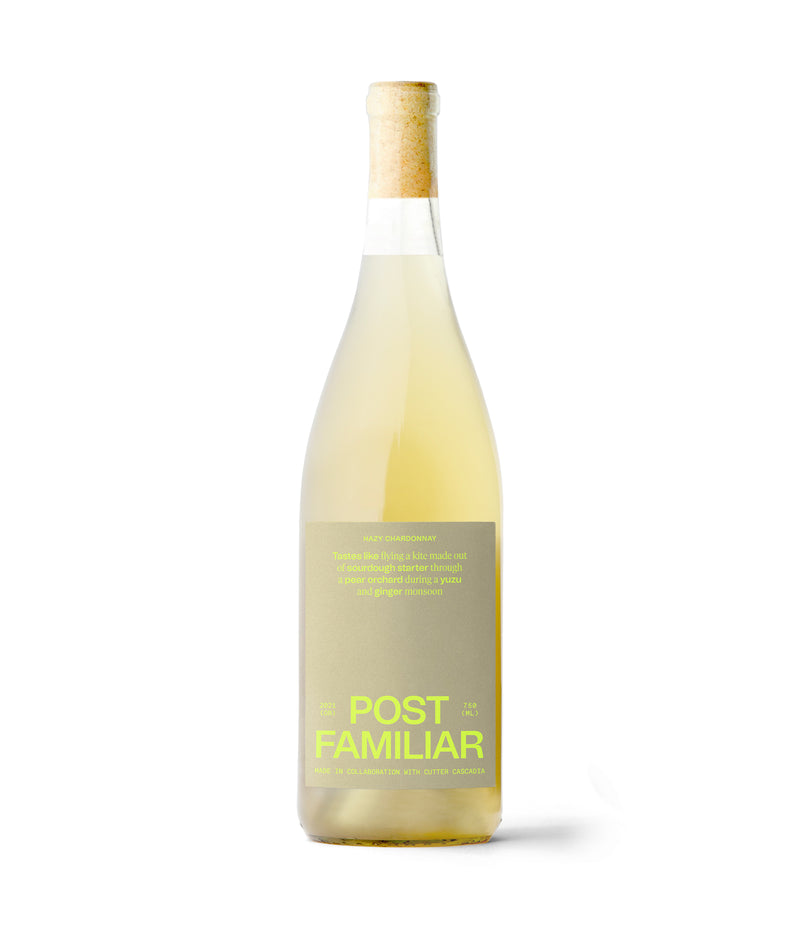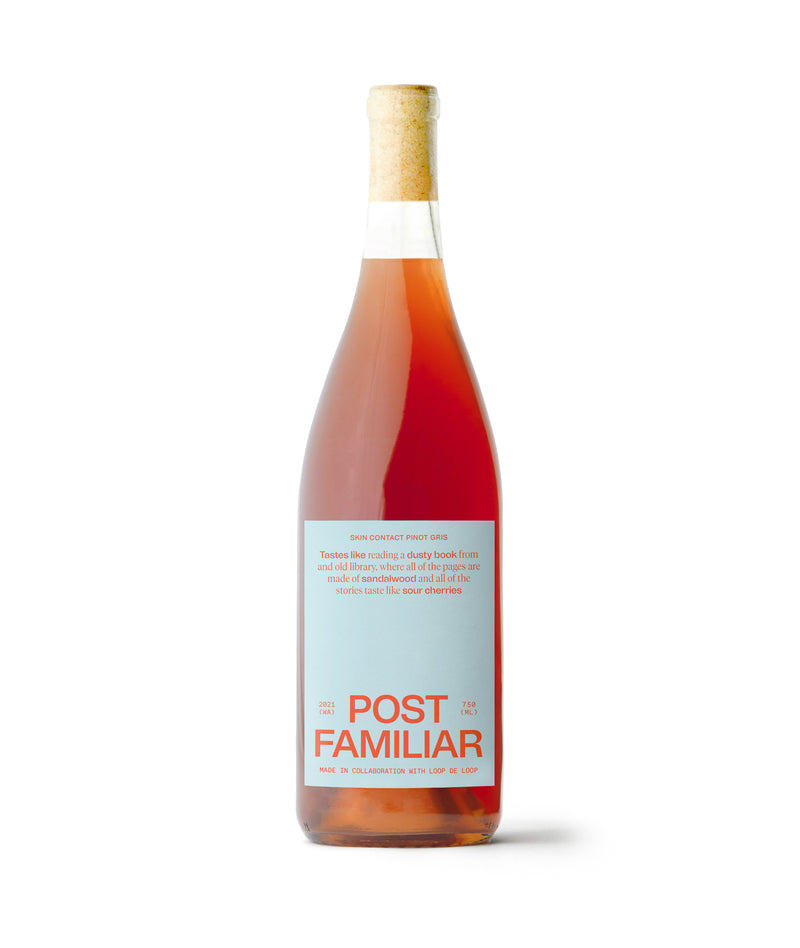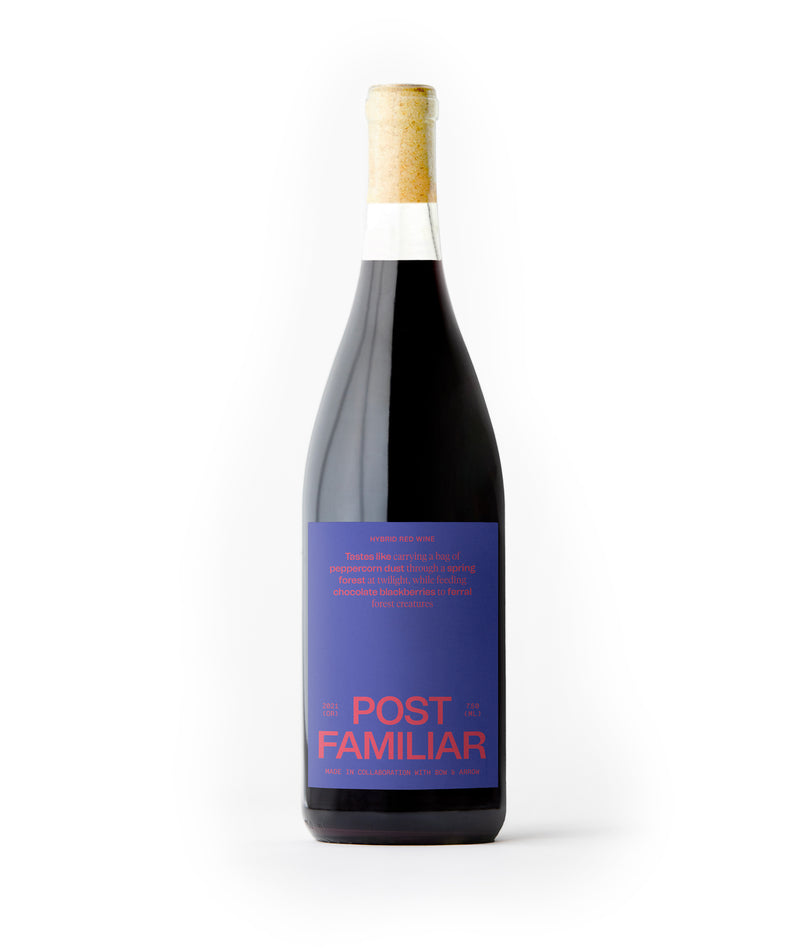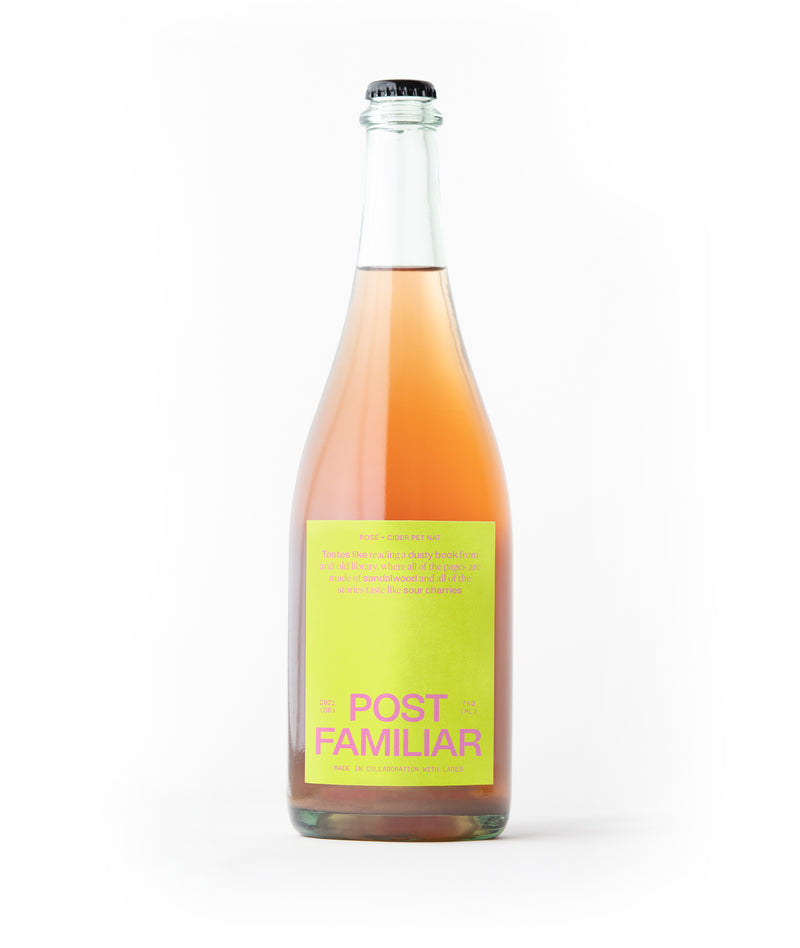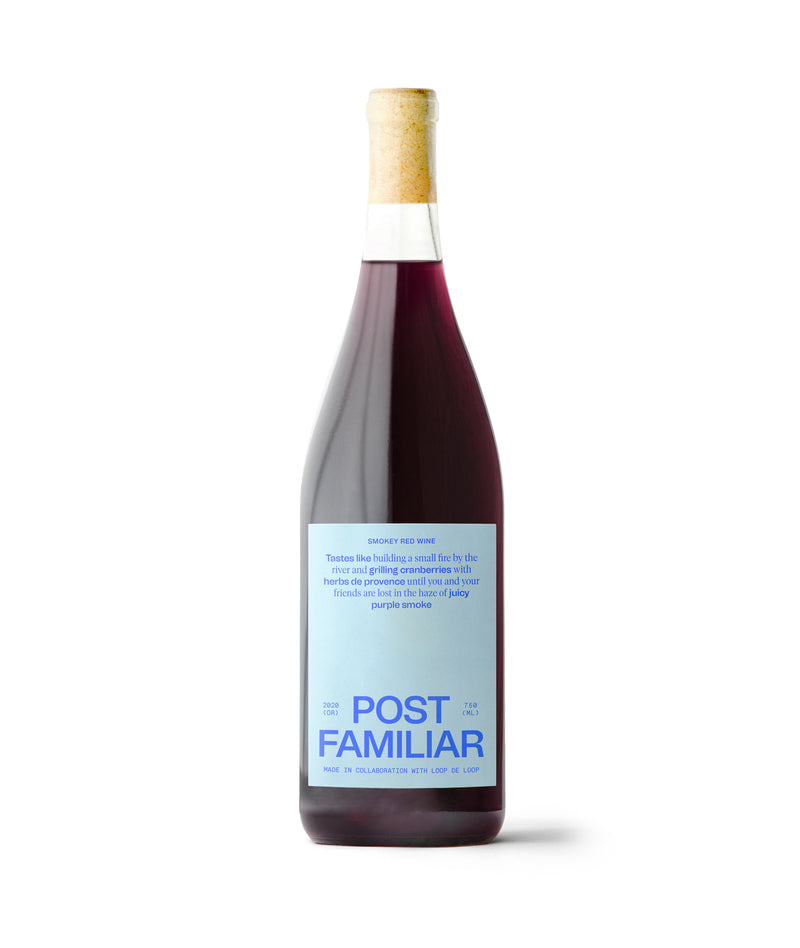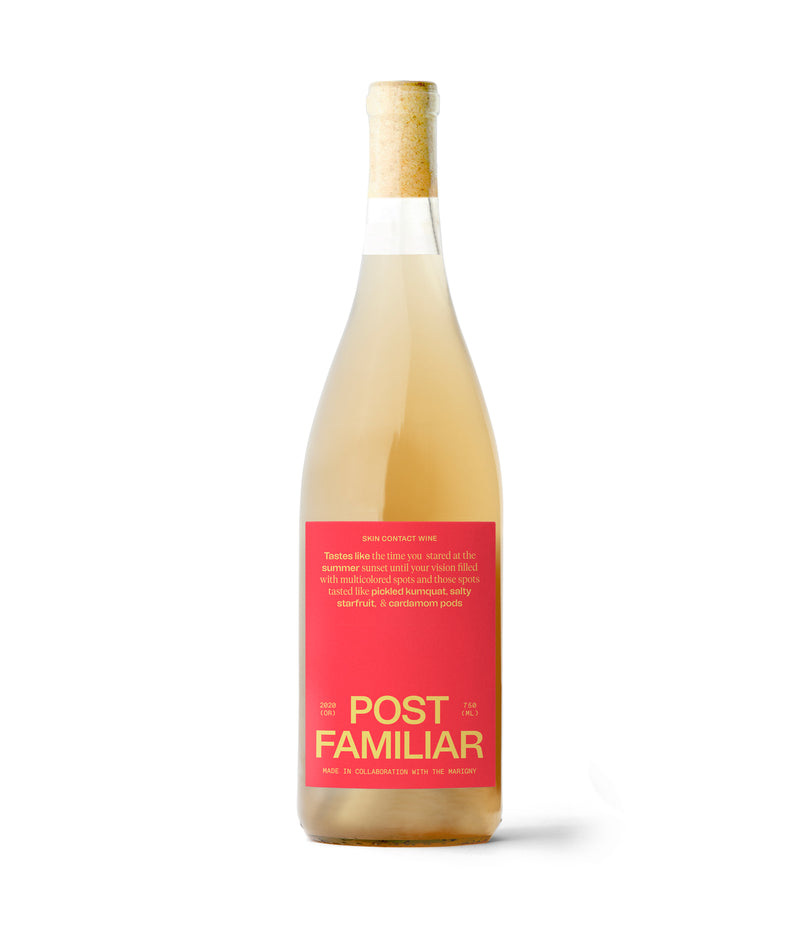No. PF - 17
Grenache
(2023)
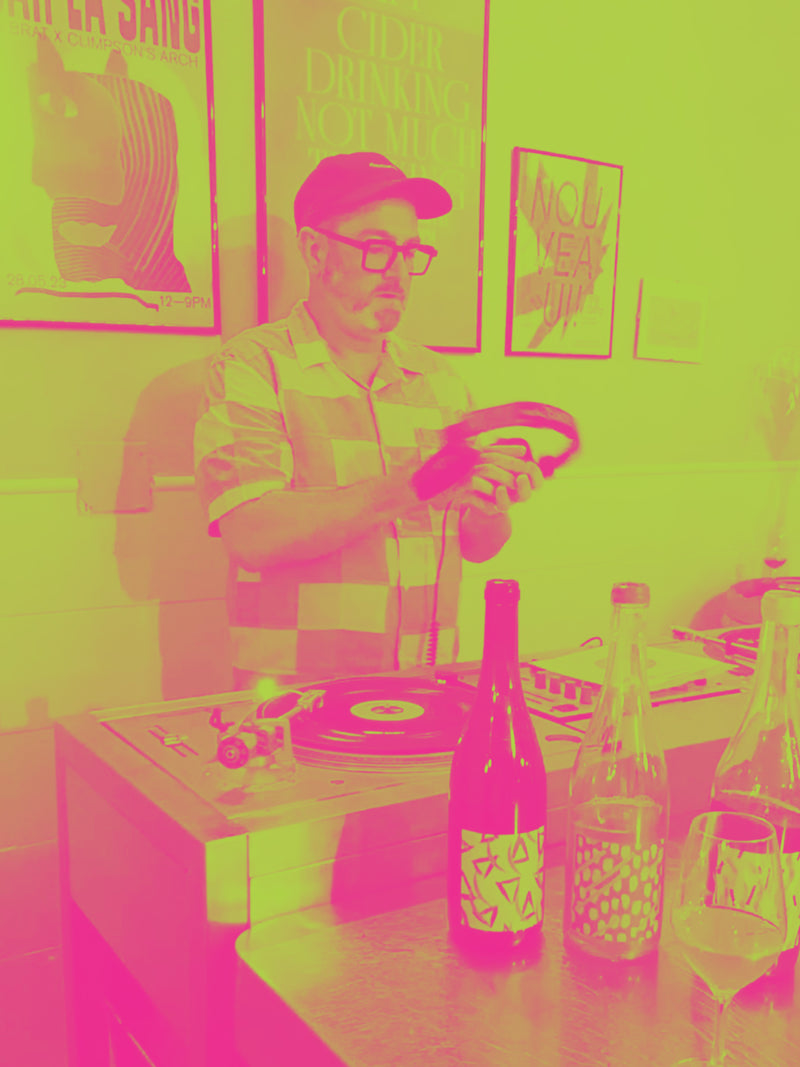
With Bow
& Arrow (OR)
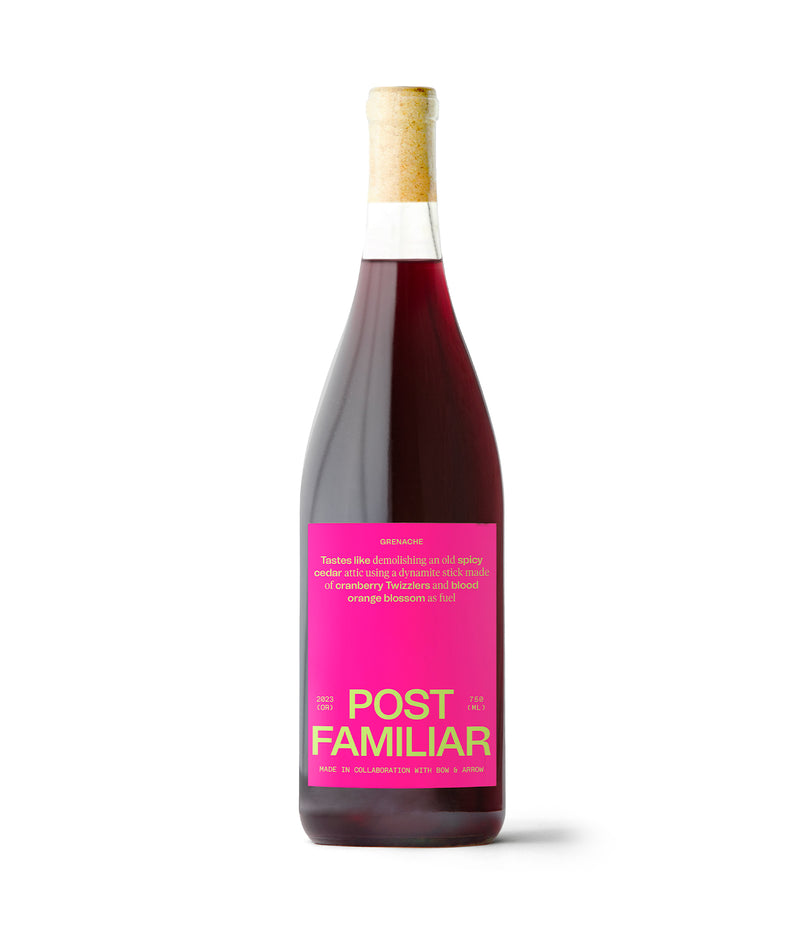
Tastes like demolishing an old spicy cedar attic using a dynamite stick made of cranberry Twizzlers and blood orange blossom as fuel
-
Grape(s)
Grenache -
Place
Willamette Valley -
Producer
Bow & Arrow -
ABV (%)
12.5 -
Contents (ML)
750 -
Collab No.
PF - 17
Beyond Pinot
Written by Brent Braun
There’s no way around it, the Willamette Valley is getting hotter. A lot hotter. Since 2014, we’ve had a string of unprecedented hot vintages and each year it seems like a new benchmark is met. 2015 was the hottest year on record, 2018 had the most days over 90 degrees, 2021 had the hottest single day temperature ever, 2024 had the most consecutive days over 100 degrees, 2025 a comet hit earth and it rained acid for 90 days, so on, so forth. At first, it felt like a blip, an anomaly, in what had been a somewhat consistent 50 year history of Oregon viticultural weather patterns. But at this point, it’s undeniable. Things have changed and it sure doesn’t seem like they are going back to the way they were.
So what does that mean for the future of Willamette Valley wine? You may remember a couple years back, we partnered with Scott Frank of Bow & Arrow to create our Hybrid red, made from the Leon Millot grape. Hybrid grapes are incredibly sturdy and can withstand drought and heat in ways that classic European grapes sometimes cannot. At the time, we called it a peek into the future of sustainable Oregon winemaking in the face of climate change.
In 2024, the opportunity presented itself again to work with Scott to explore a vision for the future of the Willamette Valley. This time, however, it wasn’t through the lens of a misfit grape like Leon Millot, but instead through one of the wine world’s cherished scions - the regal, though oft misunderstood Grenache.

Grenache (also known as Garnacha) is a grape that originated in Spain but has reached its highest highs in France. It’s a grape that ripens really late in the season and needs hot, warm, dry growing conditions. Historically, the Willamette Valley was none of those things (late autumn in the Willamette is cold, wet and sad.) But the aforementioned string of warm years has pushed winemakers and farmers to start thinking about planting grapes that might be more suitable for the ‘New Oregon.’ Grapes that would have been unthinkable to an Oregon grower in the 1980s are now starting to infiltrate the minds and palates of Oregon’s thought leaders. Grenache, Sangiovese, Cabernet Franc, Mencia, - these are now all on the table. Grenache might be the most exciting of the bunch. Most of you probably don’t have a strong sense impression of what Grenache is supposed to taste like, and that’s because it’s a grape that’s really hard to get right. For me, part of it’s allure is it’s elusiveness - I like difficult things. Some grapes, like Cabernet Sauvignon, give up their charms effortlessly. Even cheap mass produced Cabernet Sauvignon tastes like Cabernet Sauvignon. It’s the pop music of the wine world.
Not Grenache. Grenache is idiosyncratic, a grape of highs and lows, of sideways twists and turns. When done properly, it’s a juicy wine of wet stones, spice and exuberant red fruit. When done poorly, it’s goopy, raisinated and tastes like purple drink. In France’s Châteauneuf du Pape region, Grenache can be deep and meditative - dressed in black slacks, black turtleneck and black sunglasses - but I love it most when it’s wearing it’s breezy, summertime linen suit. Luckily, for us, the Willamette Valley is well suited to capturing the fresher more playful side of the grape.
These Grenache grapes were planted on the windy west side of the Eola Amity Hills, one of the most desirable terroirs in Oregon. It was made with a gentle, light touch; inspired by the fantastic wines of Martin Texier in the Rhone, France (seek them out if you haven’t tasted them.) As is so often the case with Post Familiar, this was made from about 1 ton of excess grapes that were left over after the vineyard had fulfilled it’s main contracts. Stray grapes so often create inspiring wines.
"The vineyard owners have made it clear that they will be keeping the entirety of the Grenache production moving forward, thus, this will truly be a one time experiment."
But based on how good this wine is, we definitely expect plantings of Grenache to start increasing in the Willamette Valley. Will it replace Pinot Noir someday? Probably not. But it’s still a fun teaser to an alternative future for Willamette Valley winemaking.
-
ABV (%)
12.5
-
Contents (ML)
750
-
Sulfur added (PPM)
19
Domestic Shipping
Due to inclimate weather, orders will be held in our queue and shipped ASAP. This isn't ideal, but it's essential in protecting your wines from temperatures during transportation. Our fufillment partner closely monitors the weather and any available window to ship.

